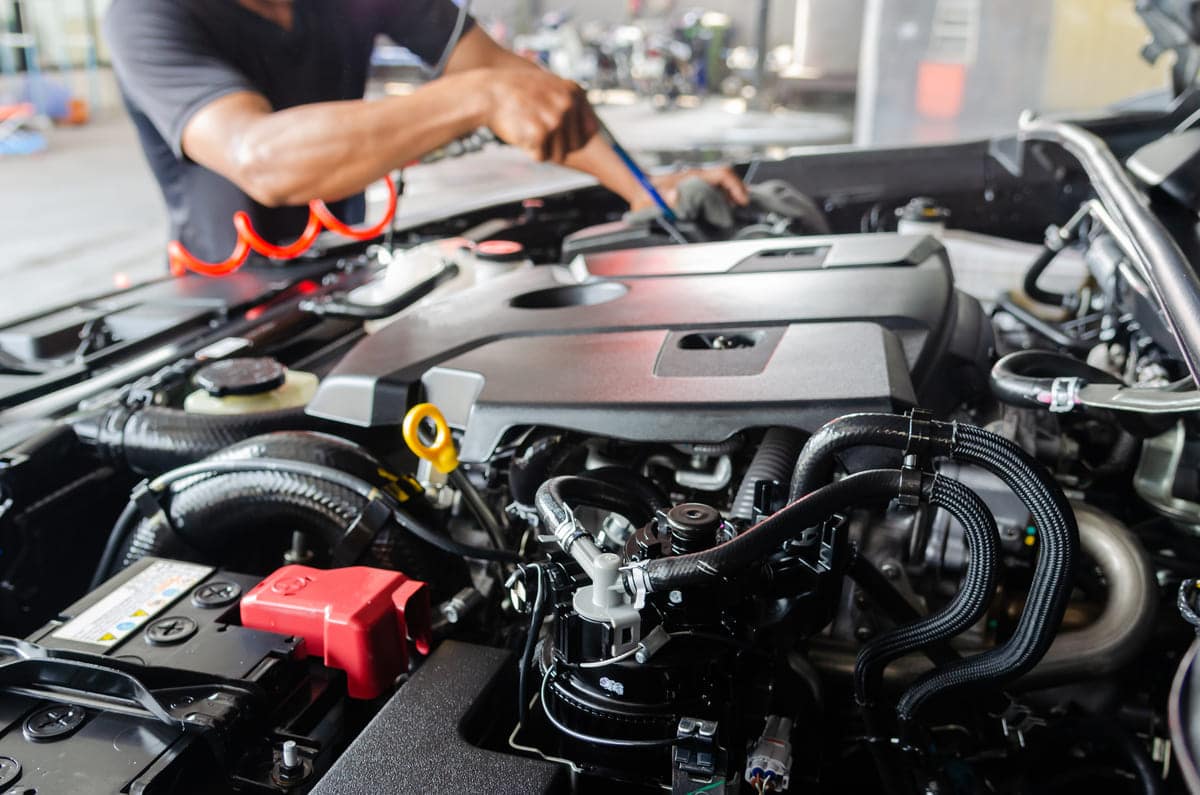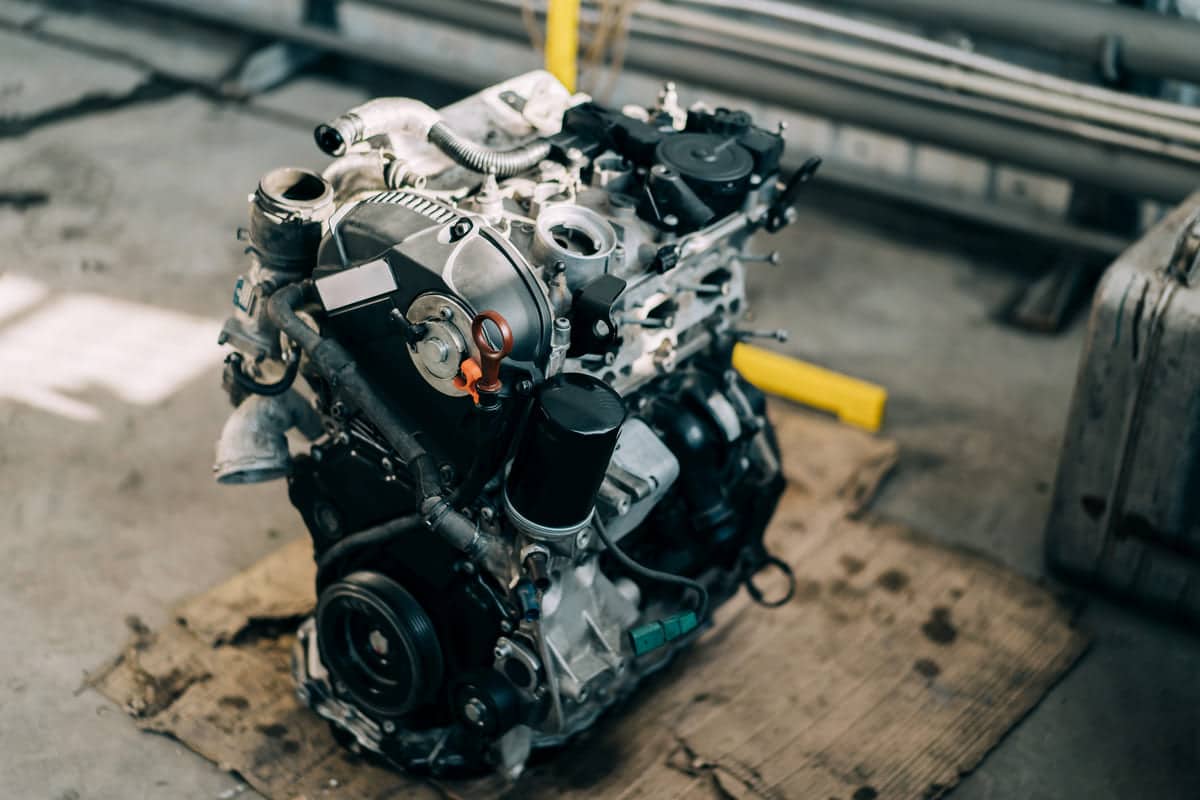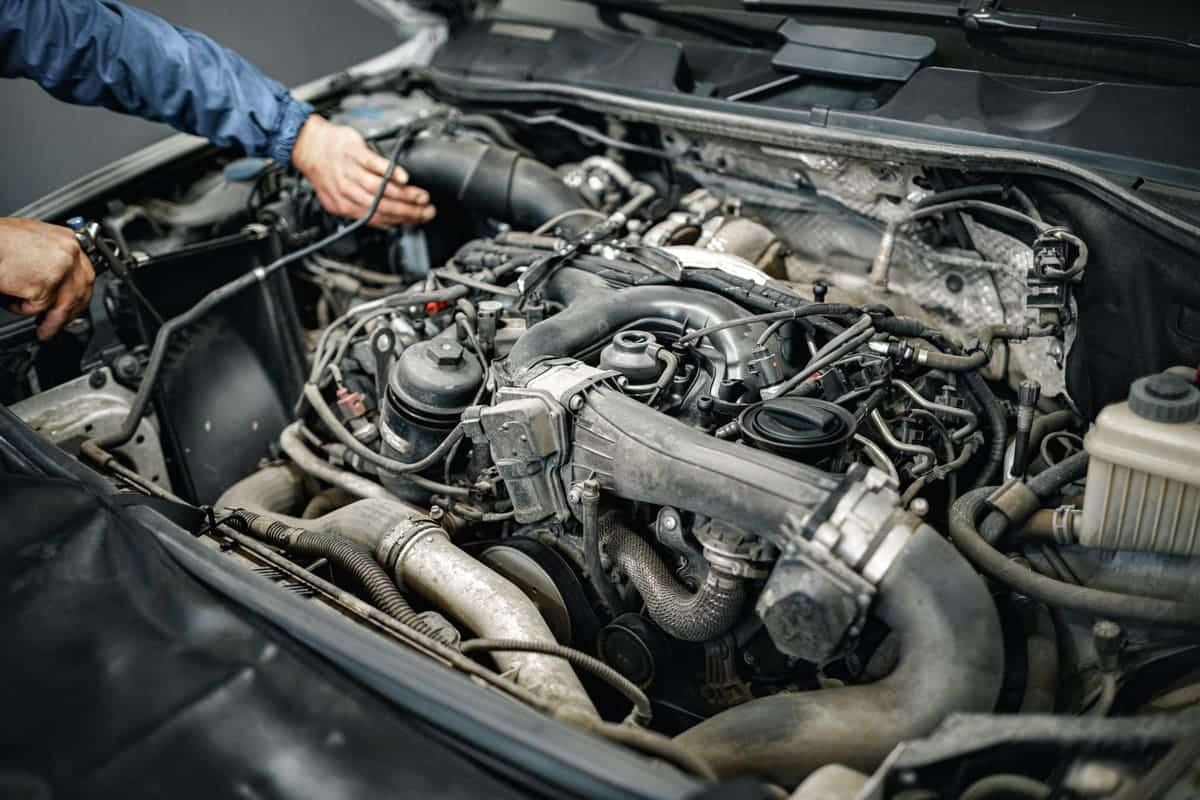An automotive engine is a complicated machine at the center of a vehicle. This vital component powers the vehicle, through a series of processes and parts working together.
What is an automotive Engine?
An automotive engine is a machine that powers the wheels of a vehicle. It is a type of (ICE) that uses a fixed cylinder and a moving piston to complete a cycle of intake, compression, combustion, and exhaust.
During the intake stage, the engine sucks in air and fuel. In the compression stage the piston compresses this mixture. A spark ignites the compressed mixture during the combustion stage and an explosion occurs. Finally in the exhaust stage the burnt gases are expelled from the engine.
Most engines run on gasoline or diesel. These have been the standard for many years. Electric and hybrid engines have become popular recently due to environmental concerns and efficiency.
The main parts of an engine are cylinders, pistons, crankshaft and camshaft. These work together to produce mechanical energy. Modern engines also have electronic controls to optimize performance and fuel efficiency.
Regular maintenance keeps engines running smoothly and helps owners to extend their life.
References
- Automotive engine. Wikipedia. Retrieved from
- Automotive Engine. ScienceDirect. Retrieved from
- The engine. How a Car Works. Retrieved from
What are the types of Car Engines?
Car engines come in many types, each with its own characteristics. Here are the main types:
- Internal Combustion Engine (ICE): Uses fuel combustion for power.
- Gasoline Engine: Runs on gasoline, common in passenger vehicles.
- : Uses diesel fuel, known for efficiency and torque.
- Electric Engine: Powered by batteries, produces zero emissions.
- Hybrid Engine: Combines ICE and electric motor for better efficiency.
- Rotary Engine: Uses rotating rotors instead of pistons.
- Turbocharged Engine: Uses a to increase power output.
- Supercharged Engine: Uses a for more power and performance.
- Hydrogen Engine: Runs on hydrogen, and produces water as exhaust.
- V Engine: Cylinders in a V shape.
- Flat Engine: Cylinders lie flat, low center of gravity.
- Straight-Four Engine: Four cylinders in a straight line.
- Five-Cylinder Engine: Five cylinders in a row.
Each has its own needs and preferences, with its own benefits and trade-offs. Knowing these will help you choose the right engine for your car.
References
- Types of Car Engines. Universal Technical Institute. Retrieved from
- Car Engine Types. Acko. Retrieved from
- Infographic Guide to Engine Types. Automotive Training Centre. Retrieved from

How do Automotive Engines Work?
Car engines work through a series of steps that convert fuel into mechanical power. This happens in a cycle:
- Intake: The engine sucks in air and fuel through the intake valve. The piston goes down, creating space in the cylinder.
- Compression: The piston goes up, compressing the air-fuel mixture. This compression makes the mixture more explosive.
- Combustion: A ignites the compressed mixture. The explosion forces the piston down, producing power.
- Exhaust: The piston goes up again, pushing out the burnt gases through the exhaust valve. These gases exit the engine through the .
The cycle repeats fast, producing continuous power. The crankshaft and camshaft convert this power into rotational motion. This motion then drives the wheels of the vehicle.
Modern engines have electronic controls to optimize fuel injection and . This improves efficiency and reduces emissions.
References
- How do car engines work?. Kia. Retrieved from
- How Car Engines Work. HowStuffWorks. Retrieved from
- How a Car Works. Car and Driver. Retrieved from

What’s new in the Automotive Industry in 2024?
In 2024, the automotive industry will see many new technologies. (EVs) are getting better with longer battery life and faster charging times. Manufacturers now offer models with over 500 miles per charge.
Autonomous driving technology has come a long way. Many cars now have advanced self-driving capabilities. These systems use AI and sensors to navigate complex traffic situations safely.
Vehicle-to-everything (V2X) technology is more prevalent. V2X allows cars to talk to each other and infrastructure. This improves traffic flow and reduces accidents.
Augmented reality (AR) displays are also coming in. AR projects important info onto the windscreen. This helps the driver with navigation and hazard alerts without distraction.
And sustainable materials are being used more in manufacturing. Manufacturers are reducing their footprint. They’re using recycled materials and developing eco-friendly processes.
References
- Global Automotive Market Predictions for 2024. Forbes. Retrieved from https://www.forbes.com/sites/sarwantsingh/2024/01/11/global-automotive-market-predictions-for-2024/


